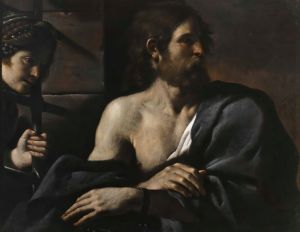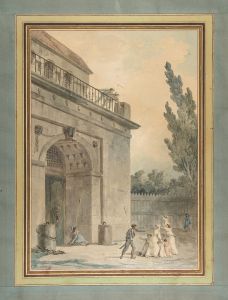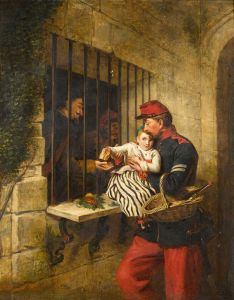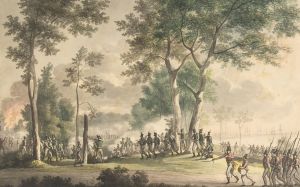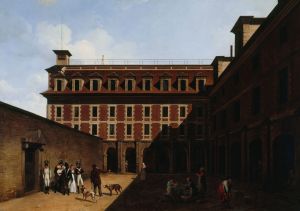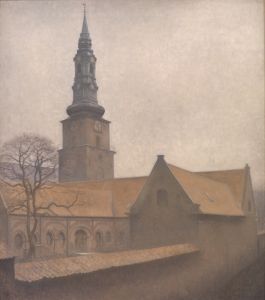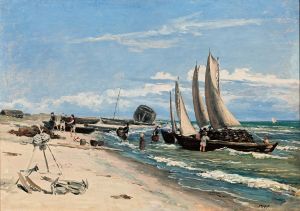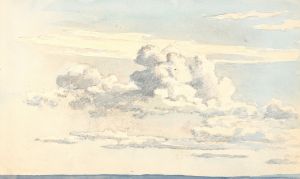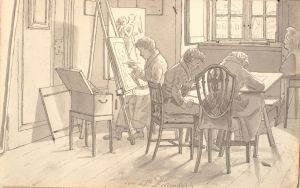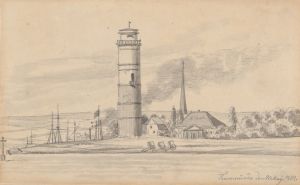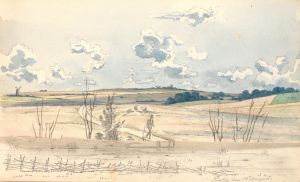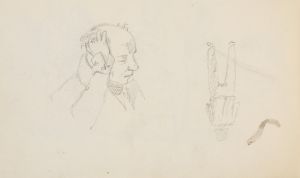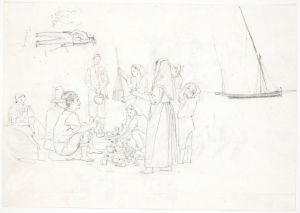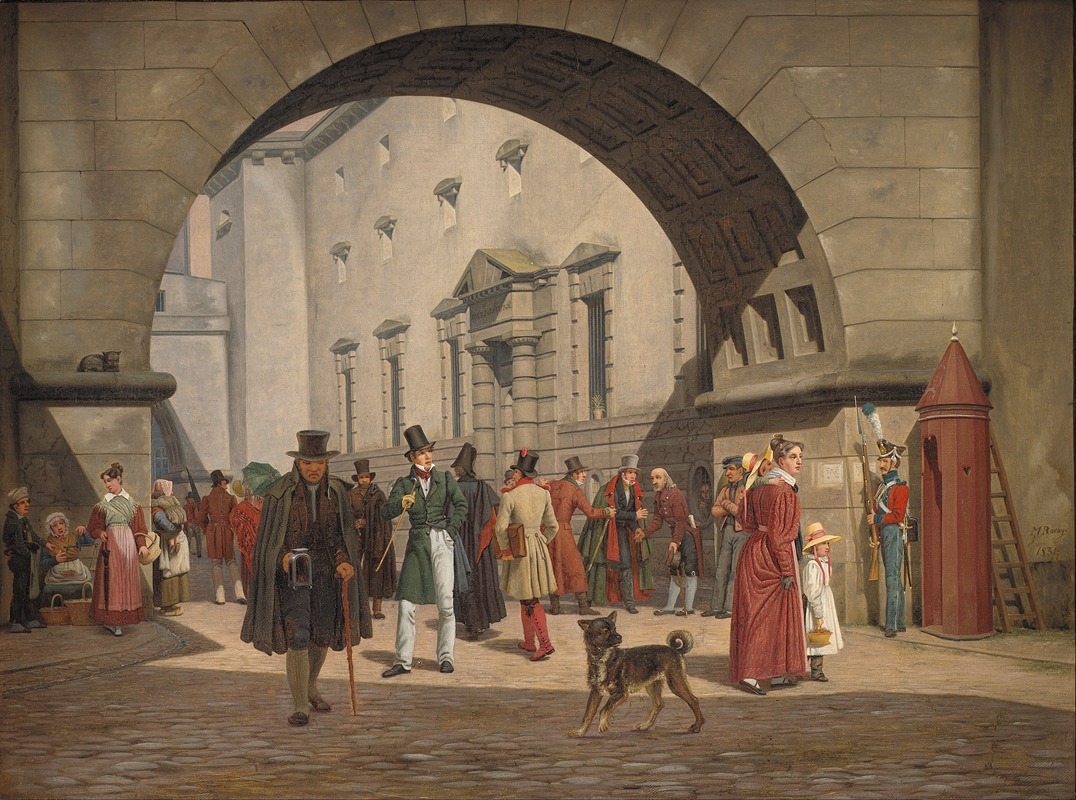
The Prison of Copenhagen
A hand-painted replica of Martinus Rørbye’s masterpiece The Prison of Copenhagen, meticulously crafted by professional artists to capture the true essence of the original. Each piece is created with museum-quality canvas and rare mineral pigments, carefully painted by experienced artists with delicate brushstrokes and rich, layered colors to perfectly recreate the texture of the original artwork. Unlike machine-printed reproductions, this hand-painted version brings the painting to life, infused with the artist’s emotions and skill in every stroke. Whether for personal collection or home decoration, it instantly elevates the artistic atmosphere of any space.
Martinus Rørbye's painting "The Prison of Copenhagen" is a notable work by the Danish artist, who was an important figure in the Danish Golden Age of painting. Rørbye, born in 1803, was known for his detailed and atmospheric landscapes, as well as his depictions of daily life and architecture. His works often reflect a keen observation of his surroundings and a deep interest in capturing the essence of the places he visited.
"The Prison of Copenhagen" is one of Rørbye's works that exemplifies his interest in architectural subjects and urban scenes. Created in 1831, the painting provides a glimpse into the life and environment of the Copenhagen prison during the early 19th century. Rørbye's attention to detail is evident in the way he captures the architectural features of the prison, as well as the mood of the scene.
The painting is characterized by its realistic portrayal of the prison's exterior, with an emphasis on the structure's imposing and somewhat austere appearance. Rørbye's use of light and shadow adds depth to the scene, highlighting the textures of the building materials and the play of light on the surfaces. The composition of the painting is carefully balanced, with the prison occupying a central position in the frame, drawing the viewer's eye to its architectural details.
Rørbye's choice of subject matter reflects a broader interest in the social and cultural aspects of urban life during this period. By depicting the prison, he not only presents a physical structure but also invites viewers to consider the role of such institutions in society. The painting can be seen as a commentary on the nature of confinement and the human condition, themes that were of interest to many artists and intellectuals of the time.
In addition to its architectural focus, "The Prison of Copenhagen" also captures elements of daily life in the city. The presence of figures in the foreground adds a human dimension to the scene, suggesting the interactions and activities that took place around the prison. These figures are rendered with the same attention to detail that Rørbye applies to the architectural elements, contributing to the overall realism of the work.
Rørbye's ability to convey both the physical and social aspects of his subjects is a hallmark of his style. His paintings often serve as historical documents, providing insights into the environments and cultures he depicted. "The Prison of Copenhagen" is no exception, offering a window into the architectural and social landscape of early 19th-century Copenhagen.
Today, Martinus Rørbye is celebrated as one of Denmark's leading artists of the Golden Age, and his works continue to be studied and appreciated for their artistic and historical significance. "The Prison of Copenhagen" remains an important piece within his oeuvre, exemplifying his skill in capturing the essence of his subjects with precision and sensitivity.






